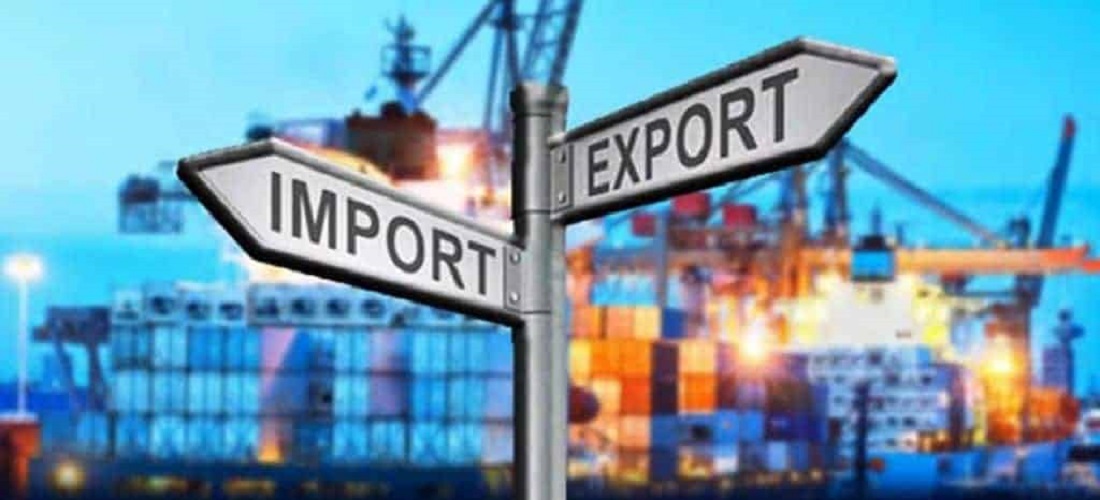
Sea Freight Free Fall: Time to Focus on Global Economy without Neglecting Brazil’s Election 2nd Round
Oct, 02, 2022 Posted by Gabriel MalheirosWeek 202239
Despite the presidential elections being the hot topic of the moment in Brazil since, according to the latest electoral results, the country will have a second voting round disputed by Lula, who received 48% of the votes, and Bolsonaro, with 43%, the country is slowly turning its attention to the international economy – while also not losing sight of the upcoming World Cup. Crises in several regions of the world are causing sea freight to enter a free fall.
Data recently released by DataLiner show that, in August, Brazilian exports via containers fell by 7.8% compared to the same month of 2021. In the first eight months of 2022, exports fell by 3.5%.
Please find below a comparative export chart for the first eight months of the year from 2019 to 2022. The data are from DataLiner:
Brazilian exports via container | Jan 2019 – August 2022 | TEUs
Source: DataLiner (click here to request a demo)
Regarding imports, despite the positive performance in August year-on-year (+16.2%), due to the arrival of cargoes that had been retained in China due to lockdowns and port closures, the yearly throughput also went down. : -8.9% from January to August 2022 compared to the same period in 2021.
The chart below, based on DataLiner data, shows a comparison of Brazilian imports via containers from January to August in the last four years:
Brazilian Imports via Containers| Jan 2019 – August 2022 | TEUs
Source: DataLiner (click here to request a demo)
This decrease in volume has been mirrored in the dip in sea freight. According to Platts, spot container rates continued to decline during the week ending September 23. The effects of shrinking consumer demand and rising inflation took hold in the retail market, dampening import demand.
In South America, sea freight levels continued to deteriorate, mirroring those in the North American market. Route PCR31 – North Asia-East Coast South America – dropped $200 during the week and settled at $5,800/FEU.
“Asian rates to Brazil are melting,” a Brazilian dispatcher told Platts.
In fact, container fees reflect the current crisis of high inflation, lower consumer demand, and less investment across the globe. Industry professionals expect the global market to decelerate further throughout the year, with sea freight rates possibly returning to pre-pandemic levels.
In addition, ship capacity utilization has also declined due to inflation – and bottlenecks on key trade routes have improved. According to Platts, traditionally, blank sails usually fall at this time of year as cargo volumes are often high. However, weak demand this year is encouraging carriers to skip more calls to sustain rates and keep ships full.
Trade with the USA, Europe, and Russia
DataLiner data show a reduction in the volumes shipped to major destinations such as the United States and England, which are among Brazil’s main trading partners.
Shipments to the United States, for example, dropped by 6.13% during January and August 2022 vis-a-vis the same period in the previous year. It is worth noting that the North American market has been facing its own inflationary crisis, which has been affecting the population’s willingness to consume and, consequently, imports.
See below the track record of Brazilian containerized exports to the United States in the period corresponding from January to August in the last four years. The data is from DataLiner.
Containerized Exports to the US | Jan -Aug YTD | TEUs
Source: DataLiner (click here to request a demo)
In Europe, Brazilian shipments to many countries faced a reduction. The volume exported to Europe, for example, fell by 6.8%. The decrease in exports to England, on the other hand, was slightly lower: -5.6%. It is worth noting that the continent faces problems with the supply of Russian gas, which is set to become a damaging factor to the European economy from now on, especially in periods of falling temperatures.
Parallelly, in the UK, overlapping strikes at two of Britain’s biggest ports, Liverpool and Felixstowe, are expected to cause disruptions to the region’s supply chains. Strikes will result in cargo delays, and carriers will likely skip calls at affected ports, diverting cargo to nearby ports in the UK and EU. Such a configuration could increase transport costs and intensify congestion in clogged European ports.
As for Russia, a decrease in shipments is no surprise given the war the country is raging against Ukraine and the sanctions imposed by several companies (shipping ones included) as a retaliative measure. Brazilian exports via containers to the country fell by 58.9% in the first eight months of 2022 compared to the same period last year. See more below:
Containerized Exports to Russia | Jan -Aug YTD | TEUs
Source: DataLiner (click here to request a demo)
Upcoming perspectives
The global economy is expected to stagnate in the upcoming months. According to a barometer published by the World Trade Organization (WTO), global demand for exported products has decreased considerably. For the WTO, the persistence of the war in Ukraine, inflationary pressures, and the expected rise in interest rates in developed economies will continue to unleash uncertainties in global trade.
-
Shipping
Apr, 13, 2021
0
TVV Login starts another route between Santos and Vitória to meet high demand
-
Ports and Terminals
May, 21, 2021
0
Wilson Sons handles 1.53 million tons at Tecon Salvador in the first 4 months
-
Ports and Terminals
Jun, 14, 2024
0
Brazil’s container port operator seeks to avert ‘congestion’ surcharge
-
Meat
Sep, 01, 2021
0
Suspected “mad cow” disease in MG puts ranchers and meatpackers on red alert

